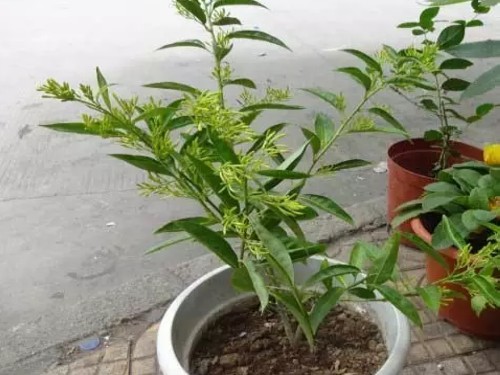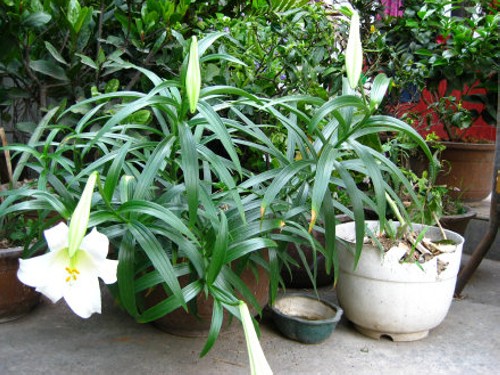How to grow safflower sorrel? Planting method of Carthamus tinctorius
In April, in every corner of the campus, especially in the main building, everyone must have noticed the patches of red flowers on the lawn or the mound in the corner. They broke out of the earth in the April sun, with small red heads on the green leaves. It is the protagonist we push today, safflower sorrel. Yes, the little red flower next to the main building is a kind of wild flower called safflower sorrel.
Carthamus officinalis is a perennial herb of Oxalis family and sorrel genera. The plant is low, usually only about 15 centimeters. It is a bulbous bulb underground, so it grows in clusters and grows neatly. The flowers and leaves are small and lovely. The most characteristic is its three leaves. Its leaves are very small, basal, with three leaflets, and the leaves are broadly inverted heart-shaped, like three small love bottoms connected together.

Carthamus tinctorius is also called "clover" because of its three inverted heart-shaped leaflets, but if you call it so, the authentic "clover" is not happy. The "clover" that first appeared in western legends and the "four-leaf clover" with magic blessings can be a kind of plant called Trifolium repens. Therefore, sorrel, which is similar to its leaf shape, is also called clover.
Safflower sorrel steppe is produced in Brazil, likes the shady and wet environment, and requires sandy loam with good drainage and high content of humus. It is not hardy and can only be cultivated in greenhouse in colder areas.
[reproduction method] there are ramet propagation or sowing reproduction, mainly ramet propagation.
1. Ramet propagation
The rhizome of Carthamus tinctorius has strong fecundity and is easy to divide. It can be carried out all year round. More than ten corms can be isolated from a perennial plant. New meristematic plants planted properly can quickly return to growth and produce new leaves. The ramet can blossom in the same year before autumn.
2. Sowing and reproduction
Seeds are easy to crack when they are ripe and difficult to pick. It is necessary to grasp the opportunity to harvest them in time. The mature seeds are brown and small, and the weight of 1000 seeds is about 0.07g. Select the general sowing soil, keep the high temperature of more than 25 ℃, germinate in about 7 days, and the germination rate is high, the seedlings grow faster, the seedlings are resistant to transplantation, and the survival rate of transplantation is higher. If the seedlings are properly managed, they can grow into adult plants in the same year, have roots, and blossom the following year.
[cultivation management]
The best planting time is from late February to early and middle March, with leaves growing and petioles shorter than 1cm. After planting, it will be green. Multiple potted plants can also be planted on the ground. Potted plants should not only change pots every year with the increase of plant shape, but also renew the soil, and overcrowded plants should be combined with ramet propagation. Attention should be paid to the timely removal of withered and yellow leaves and stalks after flowering. Every year, when turning the basin and changing the soil, add a certain amount of base fertilizer, mainly phosphorus and potassium. During the growth period, you should chase the thin bean cake water, and pay attention to re-leaf with clear water after topdressing, do not retain fertilizer in the leaf, otherwise it is easy to burn leaves.
The way of planting on the ground can be full and scattered. After the soil is raked flat, the safflower sorrel grass divided into 2cm size will be buried in the soil with tools. After all the planting is over, water thoroughly. After growing for several years, the plants planted in the land should also dig out the underground part for "interseedling" or thinning seedlings. Fill with enough frozen water in winter. Slight suppression should be carried out when the soil is loose.
1. Watering: because it is shady and likes wetting, it pays special attention to adequate water supply. Spray water once a day in the evening and water once a week. In late May, water spraying increases to two times, one in the morning and one in the afternoon. After the ground is closed, the number of water spraying can be reduced appropriately. In September, the water spraying stops and water is watered once a week.
2. Fertilization: Elaeagnus angustifolia can safely pass through the slow seedling stage, after entering a certain period of normal growth, fertilization can be carried out, mainly urea in the early stage, after complete closure, compound fertilizer can be applied, and fertilization will stop in September.
3. Weeding: weeds begin to grow in May and should be cleared in time, especially from June to August, when the task of pulling weeds is even heavier. The key to the management after planting lies in the year, and the key in the second year is before the canopy is closed. After Frosts Descent, the leaves became yellow and the management stopped. After it germinated in the spring of the following year, management began. In a word, Carthamus tinctorius is an excellent ground cover plant as an ornamental lawn.
Time: 2019-05-25 Click:
- Prev

How to plant potted night primrose--night primrose planting method
Evening primrose, also known as night fragrant flower, night fragrant tree, night clove, tuberose jade, night orchid incense, etc., is a kind of flowering plant originating in tropical America. Its twigs are weak, hairy and have milk. Its flowers are more yellow-green and have a faint fragrance. It is more at night. It is mostly potted ornamental plants, but it should not be placed indoors. Its flower fragrance makes people breathe hard.
- Next

Planting techniques of Musk Lilium (methods)
Musk lily is a beautiful flower, the flower is extremely fragrant, contains aromatic oil, can be used as spice, but also a light and elegant, fragrant cut flower, can be arranged in flower beds, flower mirrors, garden sketches or potted ornaments, and can also be used as flower arrangement for decoration. Musk lilies are mainly used as cut flowers and potted flowers for Easter in Europe and America.
Related
- Fuxing push coffee new agricultural production and marketing class: lack of small-scale processing plants
- Jujube rice field leisure farm deep ploughing Yilan for five years to create a space for organic food and play
- Nongyu Farm-A trial of organic papaya for brave women with advanced technology
- Four points for attention in the prevention and control of diseases and insect pests of edible fungi
- How to add nutrient solution to Edible Fungi
- Is there any good way to control edible fungus mites?
- Open Inoculation Technology of Edible Fungi
- Is there any clever way to use fertilizer for edible fungus in winter?
- What agents are used to kill the pathogens of edible fungi in the mushroom shed?
- Rapid drying of Edible Fungi

